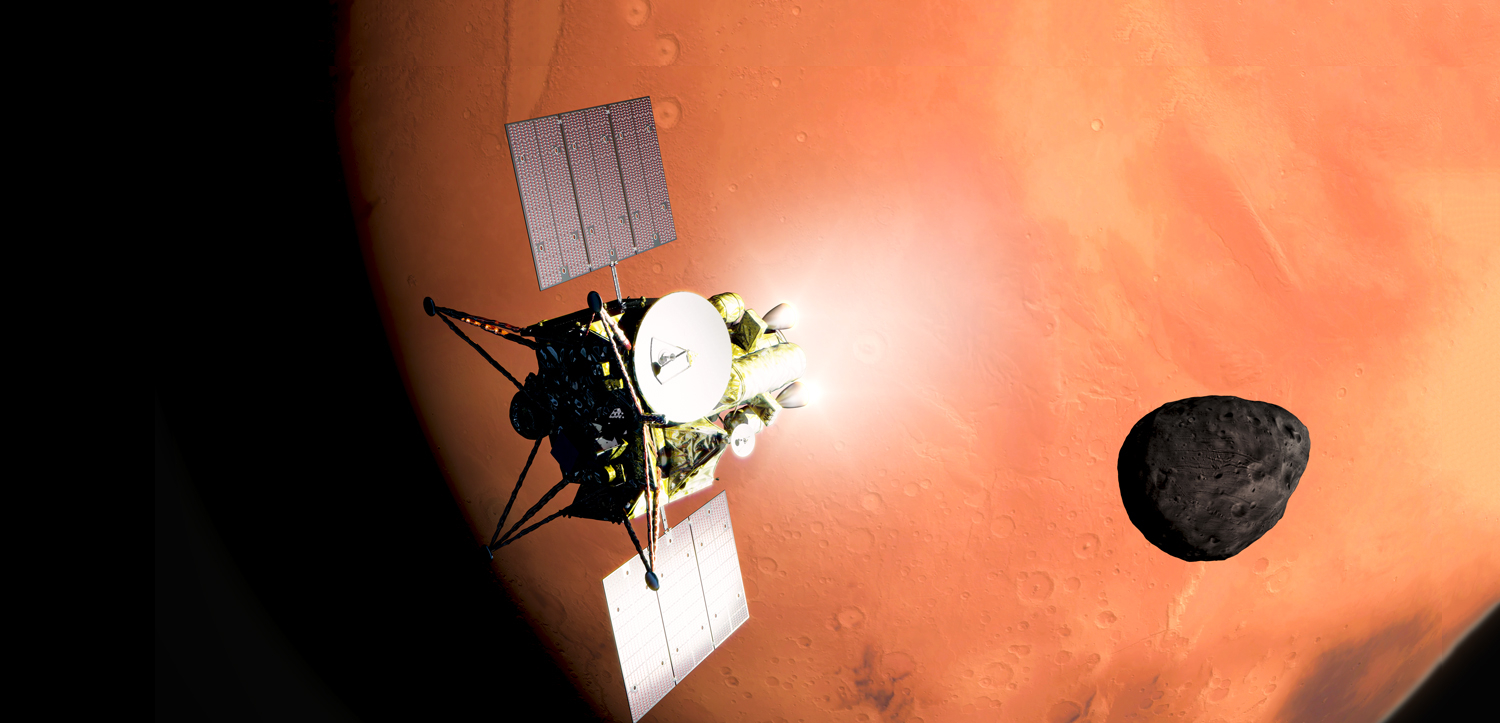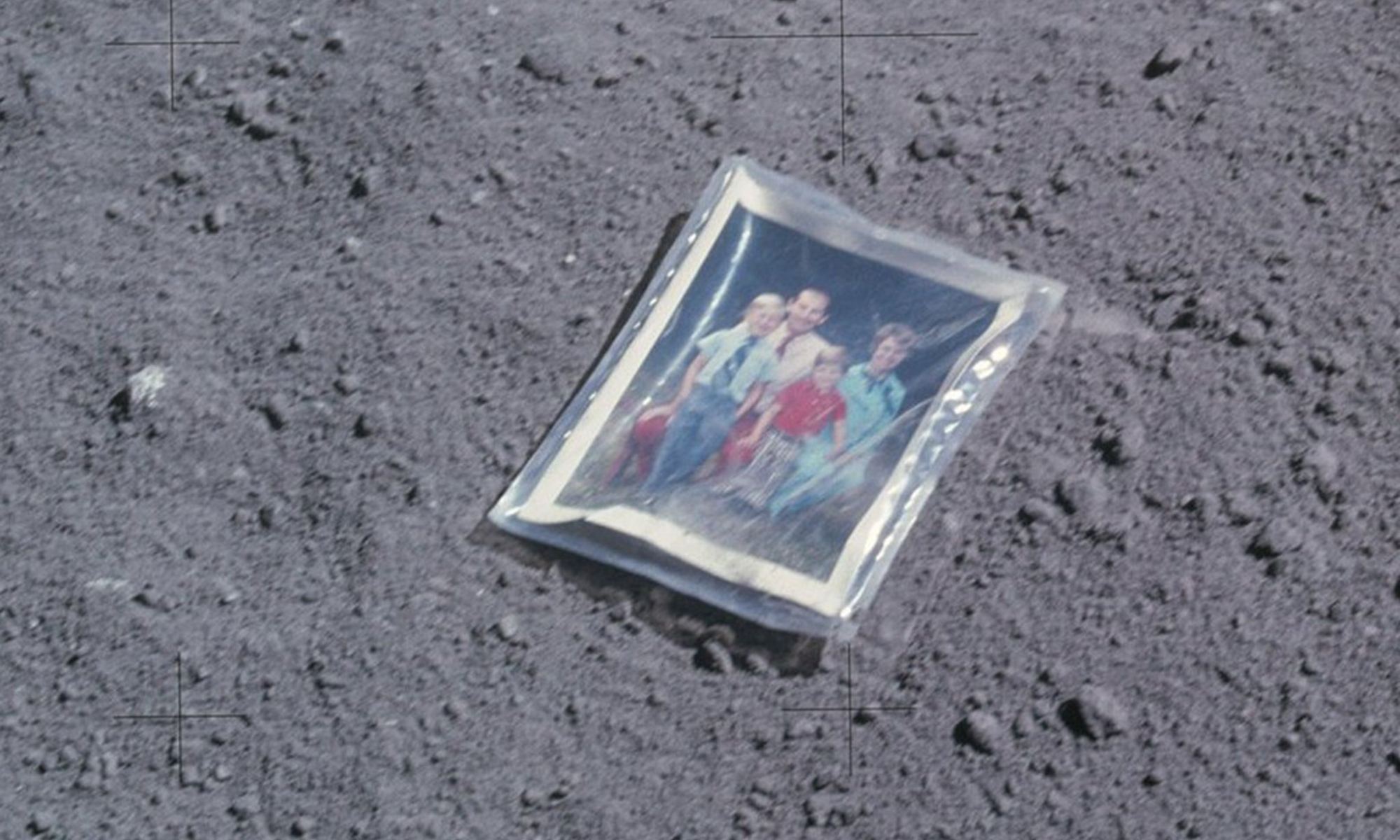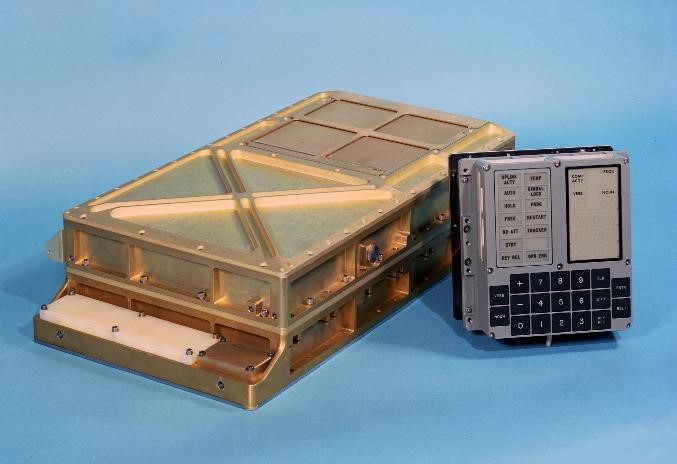Sending a mission to moons of Mars has been on the wish list for mission planners and space enthusiasts for quite some time. For the past few years, however, a team of Japanese Space Agency (JAXA) engineers and scientists have been working on putting such a mission together. Now, JAXA announced this week that the Martian Moon eXploration (MMX) mission has been greenlighted to move forward, with the goal of launching an orbiter, lander — and possibly a rover — with sample return capability in 2024.
Continue reading “Japan Is Sending a Lander to Phobos”The Pale Blue Dot: Now New and Improved

Thirty years have now passed since the Voyager 1 spacecraft snapped one of the most iconic and memorable pictures in spaceflight history. Known as the “Pale Blue Dot,” the heart-rending view shows planet Earth as a single, bright blue pixel in the vastness of space, as seen from the outer reaches of the solar system.
Now, NASA and the Jet Propulsion Laboratory have provided a new and improved version, using state of the art image-processing software and techniques to reprocess the thirty-year-old image. JPL software engineer and image processor Kevin Gill, whose images we feature often on Universe Today, led the effort.
Continue reading “The Pale Blue Dot: Now New and Improved”Record-Setting Space Travelers Return to Earth
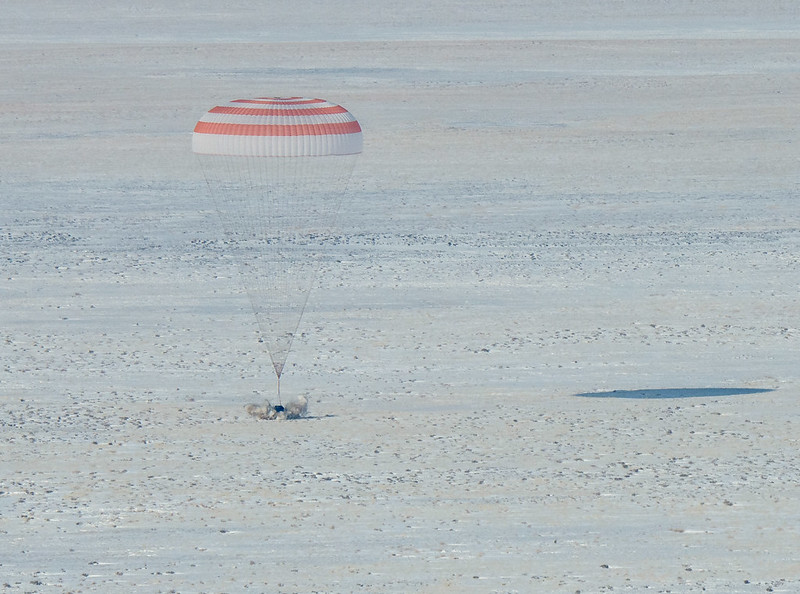
A trio of space travelers returned to Earth this morning from the International Space Station, including NASA astronaut Christina Koch, who set a record for the longest single spaceflight by a woman, at 326 straight days. Also coming home was ESA astronaut Luca Parmitano, who has now spent a total of 367 days in space (in two missions), more days than any ESA astronaut in history.
The crew of Expedition 61 also included Russian cosmonaut and Soyuz Commander Alexander Skvortsov, who completed his third mission for a total of 546 days in space, placing him 15th on the all-time time-in-space list.
Continue reading “Record-Setting Space Travelers Return to Earth”The Apollo 1 Fire: Excerpt from “Eight Years to the Moon”
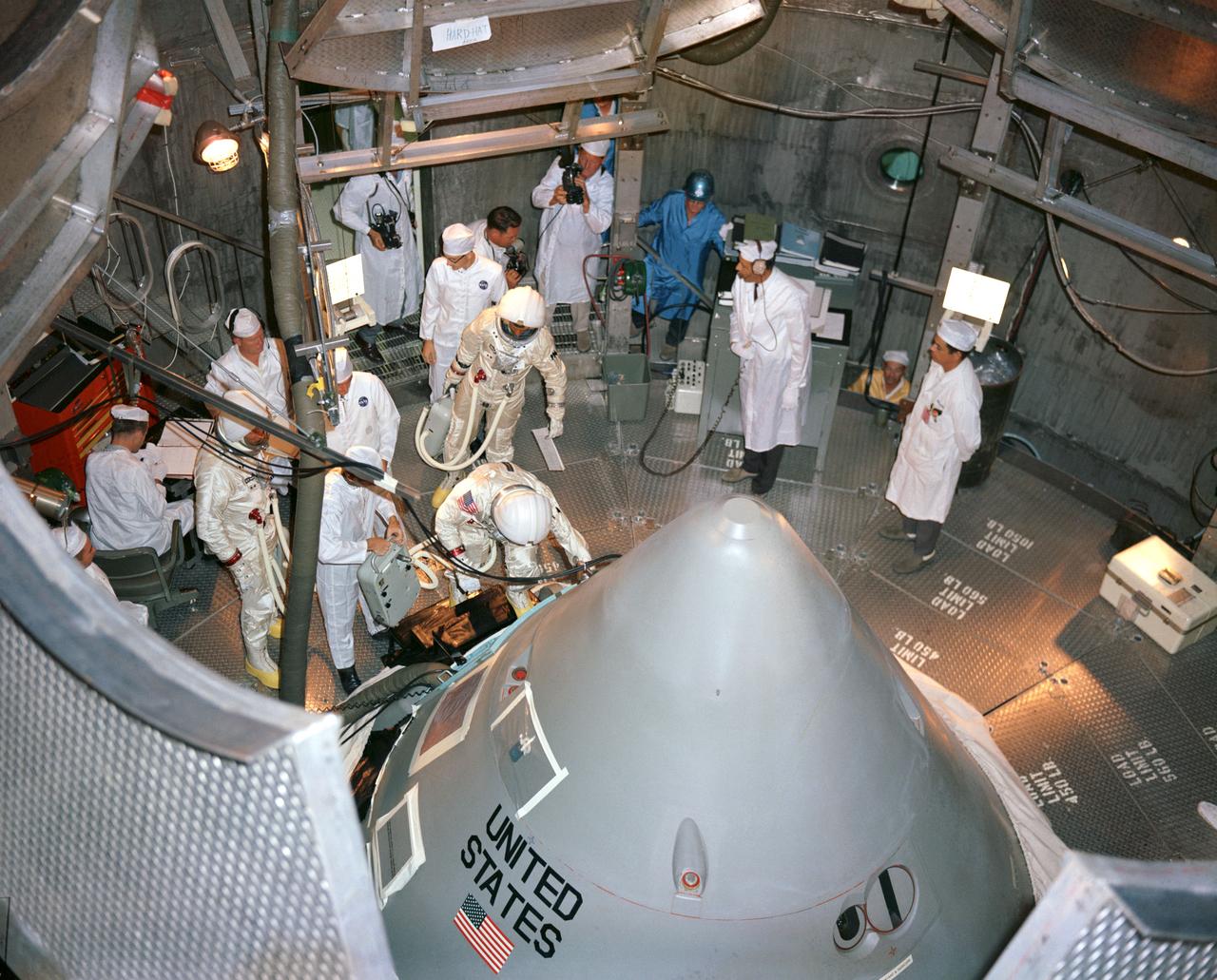
Editor’s note: Today marks the 53rd anniversary of the Apollo 1 fire that killed three astronauts during a routine test on the launchpad. The test was a dress rehearsal for the Apollo 1 crew — Gus Grissom, Ed White and Roger Chaffee. The goal was to check out the command module, NASA’s first spacecraft that would take astronauts to the Moon.
Following is an excerpt about the fire from the book “Eight Years to the Moon: The History of the Apollo Missions” by Nancy Atkinson. The book tells the unique personal stories of over 60 engineers and scientists who worked behind the scenes to make the Apollo program possible, and is filled with stories of the dedication and perseverance it took to overcome the challenges, hurdles and conflicts of doing things that had never been done before. It provides a glimpse into the lives of some of the hundreds of thousands of people who made it possible to land humans on the Moon. While many of the stories in the book are fun and heart-warming, this excerpt shares the incredibly heart-breaking event that shocked the country and halted the Apollo program as NASA scrambled to figure out what went wrong.
Continue reading “The Apollo 1 Fire: Excerpt from “Eight Years to the Moon””A Glitch Caused Curiosity to Freeze in Place. But It’s Better Now
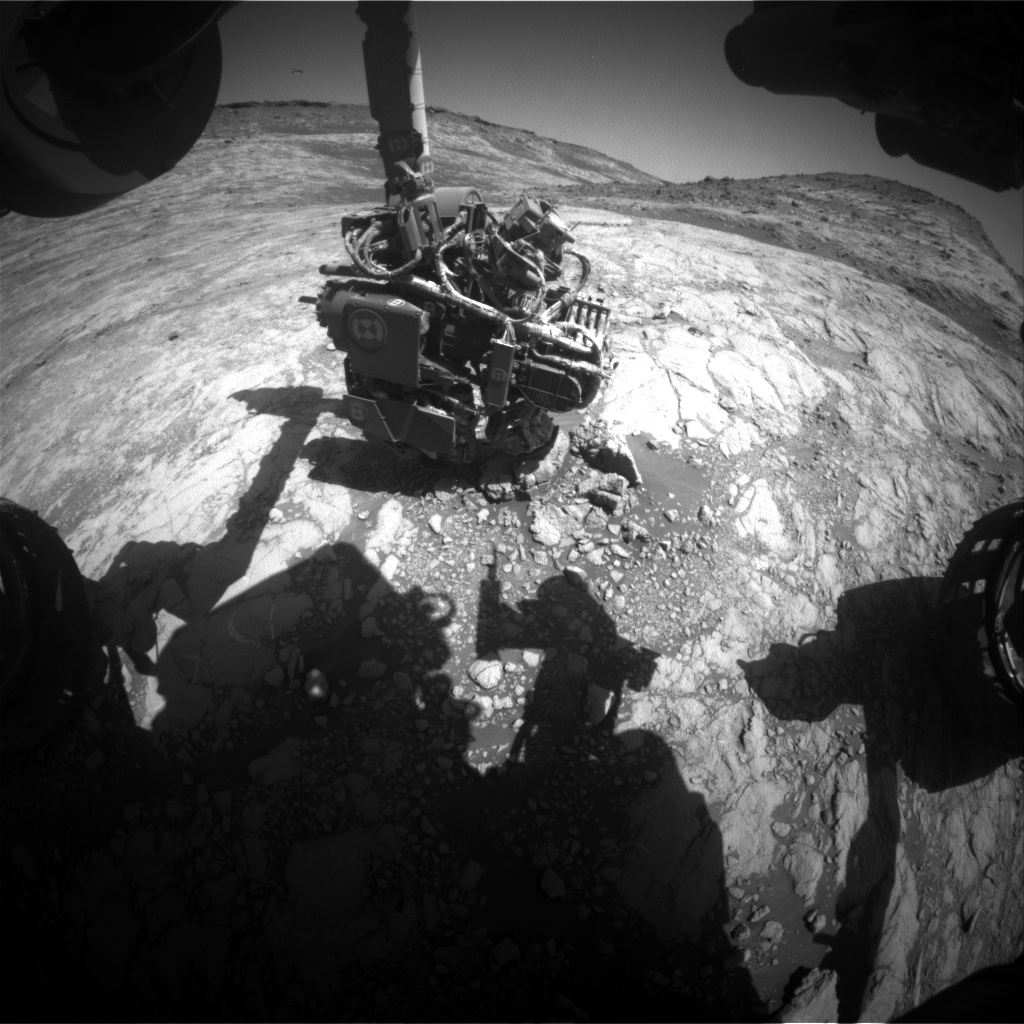
Article updated at 3:40 pm CST, 1/24/20.
NASA’s Curiosity Mars rover experienced a technical glitch last week, causing it to temporarily lose its sense of direction and freeze in its tracks. But the talented rover repair team back on Earth enabled a fix, and Curiosity is now back in action.
Continue reading “A Glitch Caused Curiosity to Freeze in Place. But It’s Better Now”The Story of the Apollo Guidance Computer, Part 3
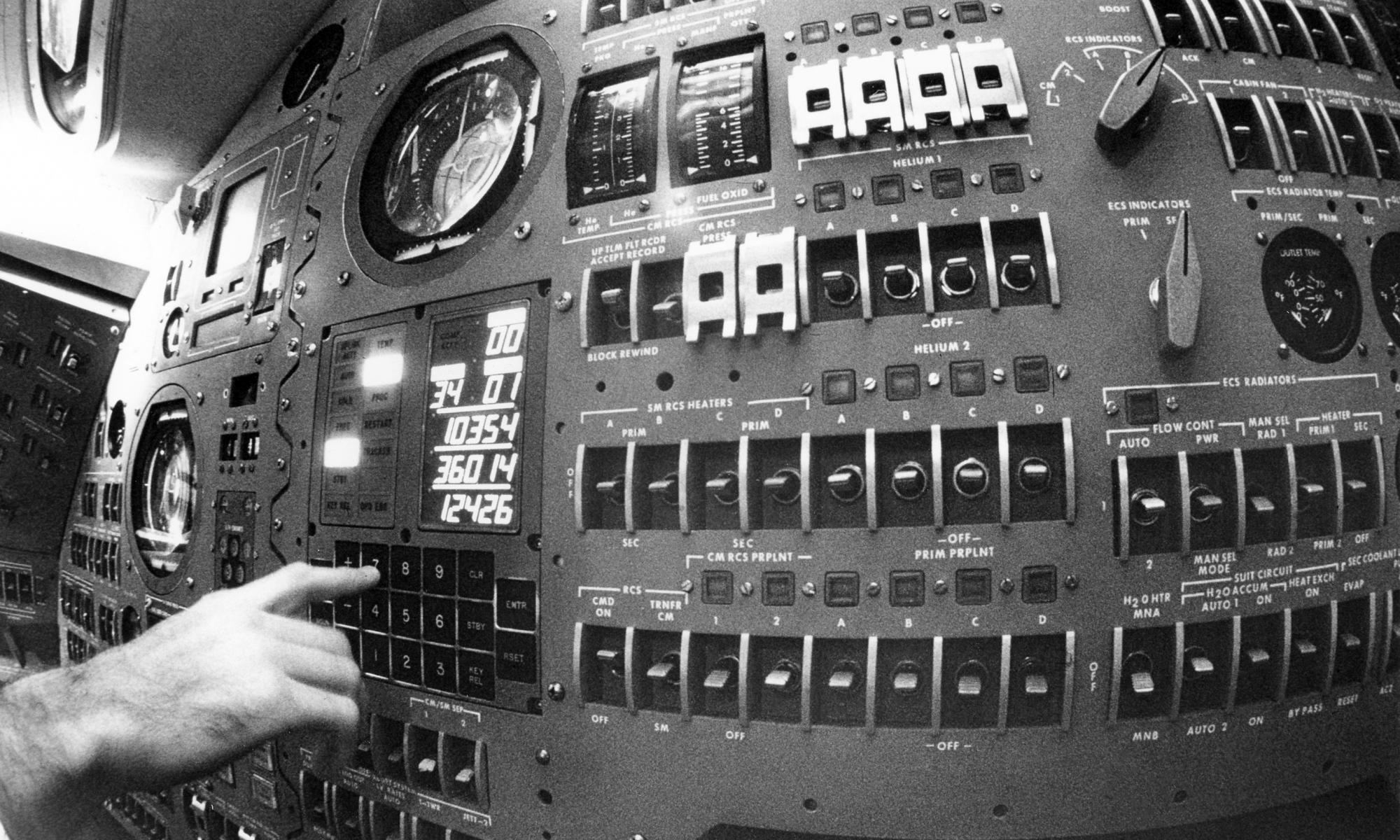
During the development of the Apollo Guidance Computer (AGC) by the MIT Instrumentation Laboratory (see Part 1 and Part 2 for the complete backstory), an inauspicious event occurred sometime during 1965-1966, while the Gemini missions were going on.
The Gemini program helped NASA get ready for the Apollo Moon landings missions by testing out rendezvous and other critical techniques and technologies. Ten crews flew missions in Earth orbit on the two-person Gemini spacecraft.
Continue reading “The Story of the Apollo Guidance Computer, Part 3”The Story of the Apollo Guidance Computer, Part 2
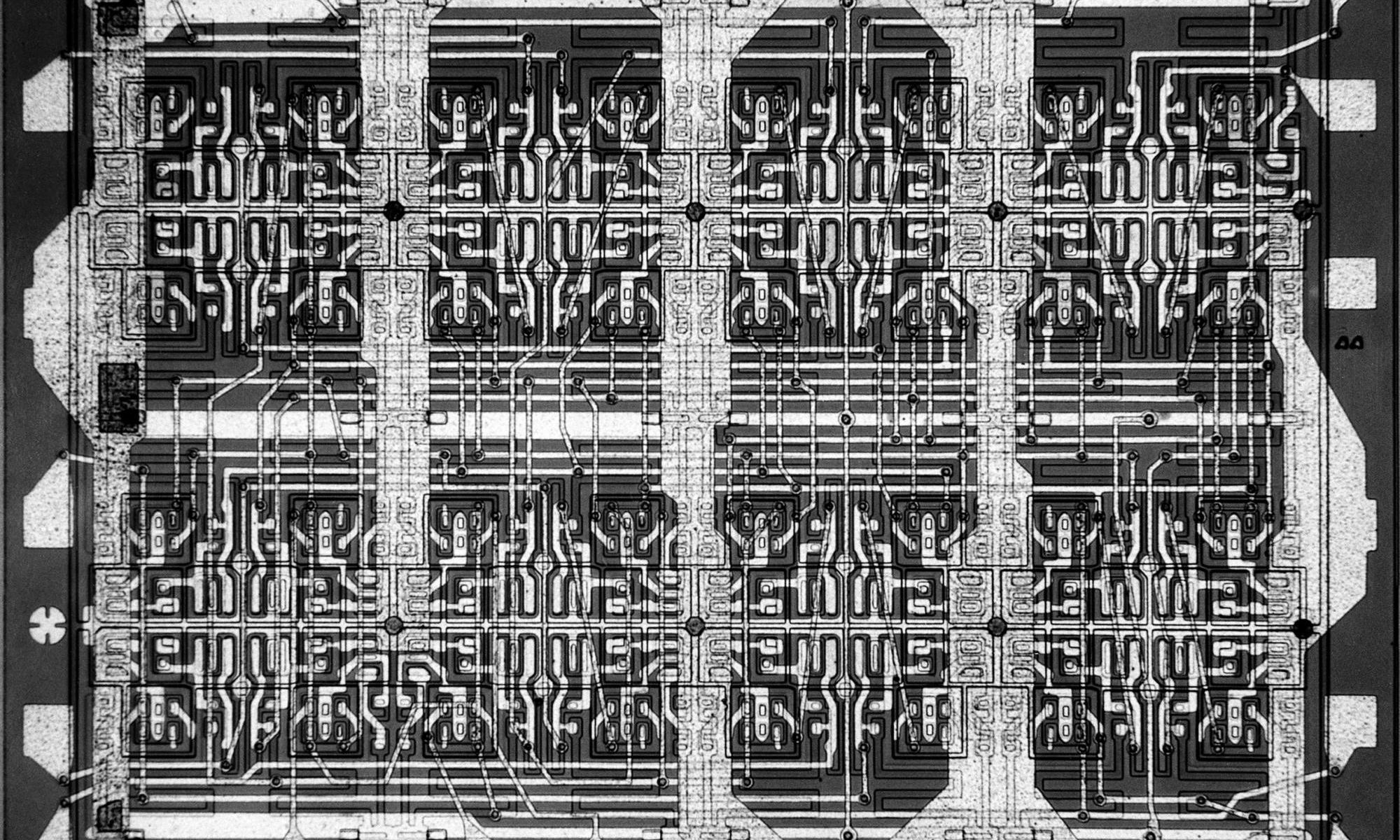
In the late 1950’s, before NASA had any intentions of going to the Moon – or needing a computer to get there — the MIT Instrumentation Laboratory had designed and built a small prototype probe they hoped would one day fly to Mars (read the background in part 1 of this story here). This little probe used a small, rudimentary general-purpose computer for navigation, based on the inertial systems for ballistic missiles, submarines, and aircraft the Lab had designed and built for the military since World War II.
Continue reading “The Story of the Apollo Guidance Computer, Part 2”Chris Kraft, Legendary NASA Flight Director, Dies at 95
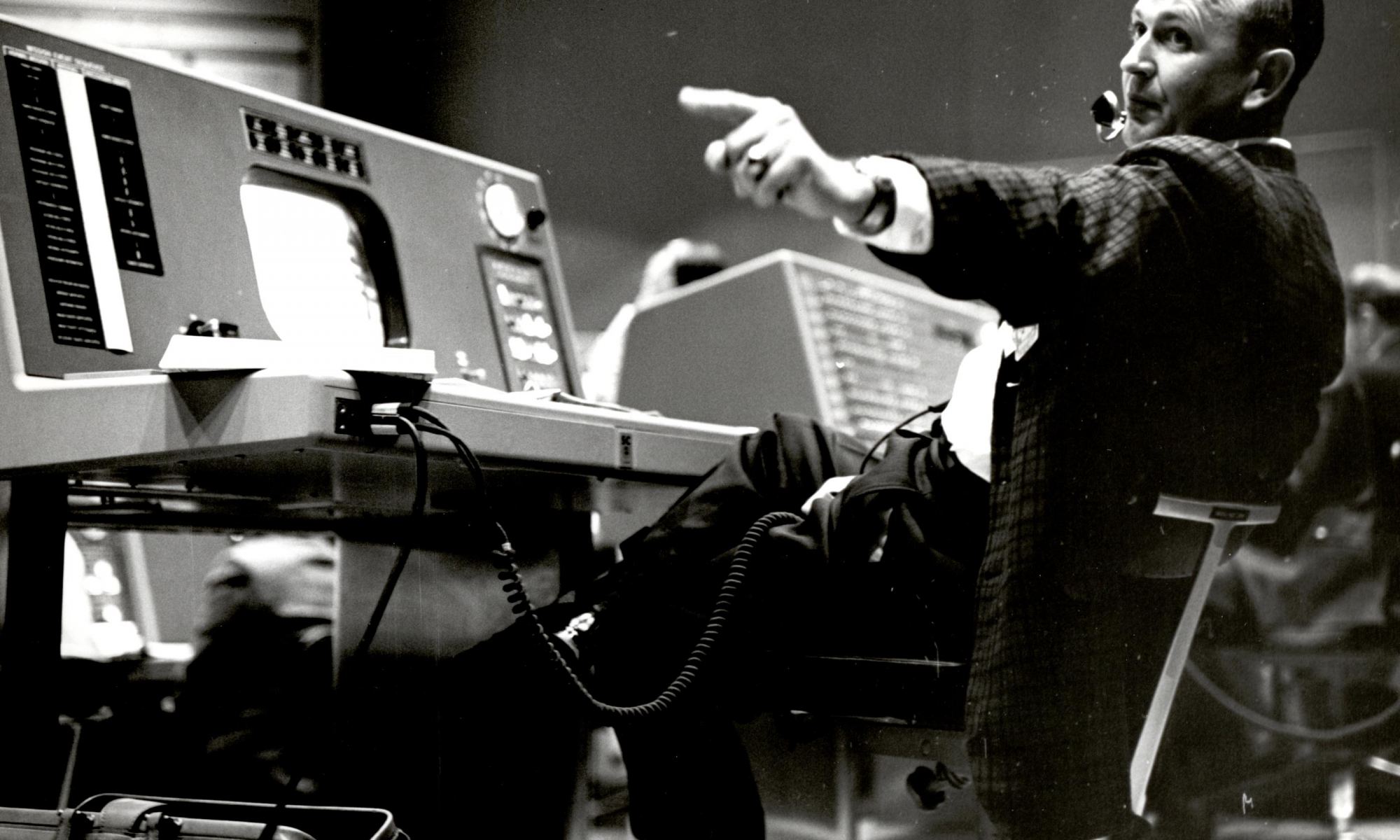
The man known as the ‘father of flight control’ – Christopher C. Kraft, Jr. – has died at the age of 95. Kraft joined the NASA Space Task Group in November 1958 and became the first flight director. He created the concepts of mission planning, and real-time monitoring and control for the first U.S. crewed spaceflight missions and became a driving force in the U.S. space program.
Continue reading “Chris Kraft, Legendary NASA Flight Director, Dies at 95”The Story of the Apollo Guidance Computer, Part 1
Dick Battin stood on his driveway in the New England frosty pre-dawn back in October 1957, straining his eyes to see Sputnik fly overhead. It was amazing. Watching that little point of light scoot silently across the sky made Battin’s heart pound. A human-made hunk of metal was actually orbiting Earth!
Walking back to his house, Battin’s mind raced. Oh, how he wished he’d never left the MIT Instrumentation Laboratory a year and a half ago. He’d regretted it since the day he decided to move on to what he thought were greener pastures. But now, his regret became a steadfast resolve to somehow get back to the Lab again, because he knew – he was absolutely certain without a doubt – that Doc Draper would be getting his hand in this new venture of space exploration. And Battin wanted in, too.
Continue reading “The Story of the Apollo Guidance Computer, Part 1”
